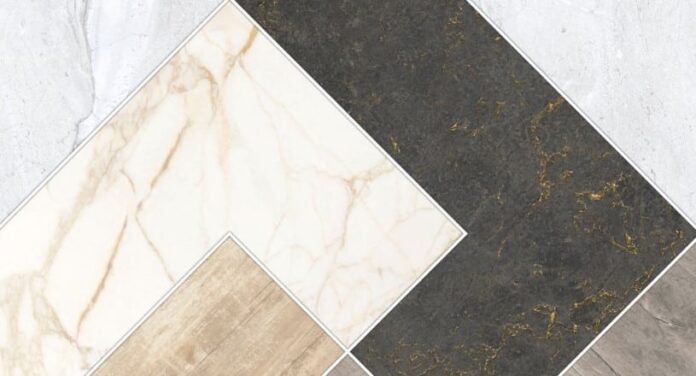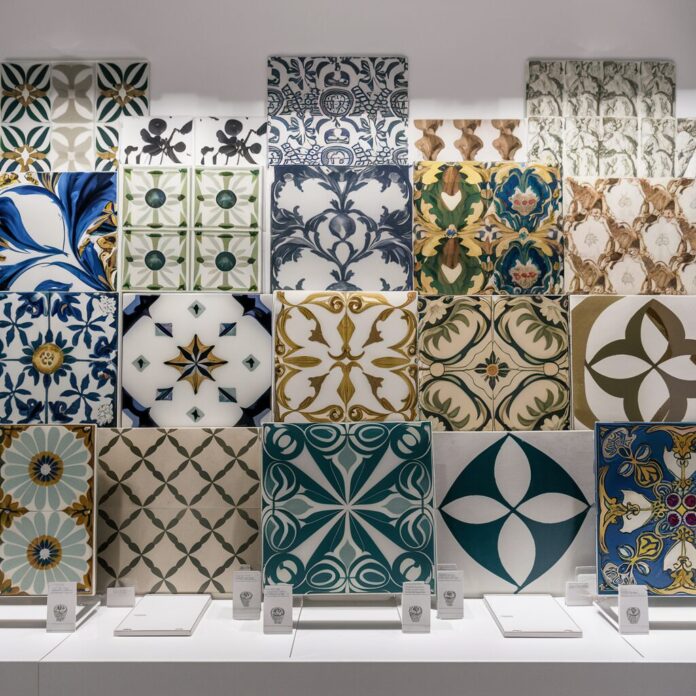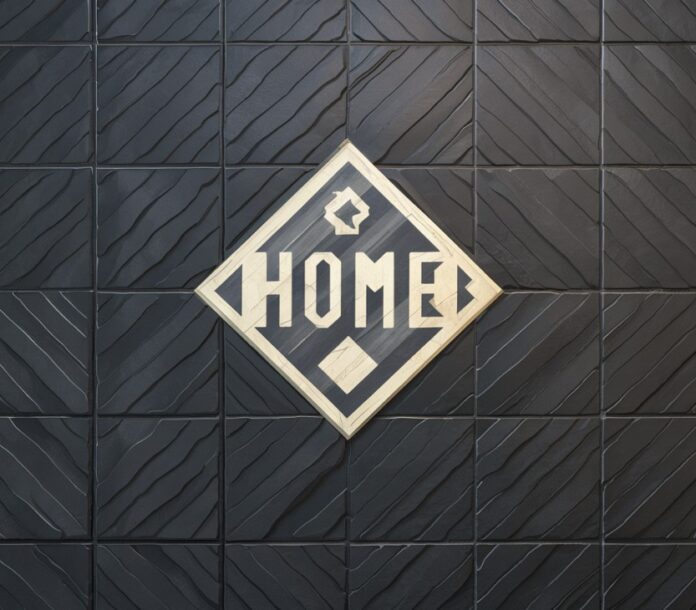So, you’re thinking of renovating your kitchen or sprucing up your bathroom? Fantastic! It’s time to get creative and let your personality shine through, right?
Well, hold your paintbrushes and pause your Pinterest scrolling for just a moment. Before you dive headfirst into choosing your favorite color scheme, let’s talk tiles.
Yes, those humble, often overlooked squares can make or break your space in ways you never imagined. Intrigued? Let’s explore why your tile choice matters more than simply picking your favorite color.
Setting the Scene: The Foundation of Design

Imagine your room as a blank canvas, eagerly awaiting your artistic touch. But before you start splashing colors around, you need a sturdy foundation and a tile installer.
Enter: tiles. These little wonders aren’t just for protecting your floors and walls from wear and tear; they’re the very groundwork upon which your design masterpiece will be built.
Think of tiles as the supporting actors in a movie. They may not steal the spotlight, but they sure do set the scene. Your choice of tile can dictate the entire aesthetic of a room, from rustic charm to modern elegance. So, before you get starry-eyed over your favorite shade of blue, consider the bigger picture – or should we say, the bigger tile?
Texture Talks: Adding Depth and Dimension
Now, let’s talk about texture. Smooth, sleek tiles may seem like the obvious choice, but don’t discount the power of texture to add depth and dimension to your space. Rough-hewn stone tiles can bring a touch of rugged authenticity to your kitchen, while glossy subway tiles can bounce light around a bathroom, making it appear brighter and more spacious.
Texture isn’t just about how a tile feels to the touch; it’s about how it interacts with light and shadow to create visual interest. So, before you write off those textured tiles as too busy or too fussy, consider the drama and dynamism they can bring to your design.
Size Matters: Playing with Proportions
Ah, the age-old adage: size matters. And when it comes to tiles, truer words were never spoken. The size of your tiles can dramatically alter the perceived proportions of a room, making it appear larger or smaller than it actually is.
For petite powder rooms, large-format tiles can create the illusion of space, minimizing grout lines and maximizing visual continuity. Conversely, in sprawling open-plan kitchens, small mosaic tiles can help to define distinct zones and add a sense of intimacy to the space.
So, before you get hung up on your favorite color palette, take a moment to consider the scale of your tiles and how they can work in harmony with the size and layout of your room.
Color Coordination: Finding the Perfect Palette
Ah, color – the pièce de résistance of any design project. It’s tempting to dive straight into the paint aisle and grab every shade that catches your eye. But hold your paintbrushes, my friend. Before you start slapping color onto your walls, consider the role that your tiles will play in your overall color palette.
Tiles aren’t just for covering surfaces; they’re for tying your entire design scheme together. Whether you opt for bold, statement-making tiles or subtle, understated ones, your choice of color will set the tone for the entire room.
Think of your tiles as the glue that holds your color palette together. They can provide a pop of contrast against neutral walls or seamlessly blend into a monochromatic scheme. So, before you start swatching paint samples, take a moment to consider how your tiles can complement – or clash with – your chosen colors.
Practical Considerations: Functionality First
Now, let’s get down to brass tacks – or should I say, ceramic tiles? While aesthetics are all well and good, it’s important not to overlook the practical considerations when choosing your tiles. After all, no amount of visual flair can make up for tiles that are slippery when wet or impossible to clean.
Consider the function of the space in question. Will your tiles need to withstand heavy foot traffic in a busy entryway? Will they be subjected to splashes and spills in a kitchen or bathroom? These are the kinds of questions you need to ask yourself before making your tile selection.
Luckily, there’s a world of options out there to suit every need and budget. From non-slip porcelain tiles for high-traffic areas to easy-to-clean ceramic tiles for wet zones, there’s no shortage of practical solutions to choose from. So, before you get swept away by aesthetics alone, remember to keep functionality top of mind.
Cost vs. Quality: Finding the Sweet Spot
Ah, the eternal struggle: cost vs. quality. When it comes to tiles, it’s all too easy to fall into the trap of assuming that higher cost equals higher quality. But the truth is, there’s a sweet spot to be found – if you know where to look.
Sure, those imported Italian marble tiles may be drool-worthy, but do they fit within your budget? And more importantly, do they offer the durability and longevity you need for your space? Sometimes, a budget-friendly option can be just as stylish and functional as its pricier counterparts – if you know how to shop smart.
Before you break the bank on designer tiles, take a moment to explore your options. Local suppliers and online retailers often offer a wide range of affordable tiles that tick all the boxes in terms of style, quality, and durability. So, before you max out your credit card, do your homework and find the perfect balance between cost and quality.
Conclusion: The Tile Tale
And there you have it, folks – the tile tale of why your tile choice matters more than your favorite color. From setting the scene to considering texture, size, and practicality, there’s a lot more to tiles than meets the eye.
So, before you start slapping paint on your walls or tearing up your floors, take a moment to consider the humble tile and the pivotal role it plays in your design scheme. After all, a well-chosen tile can elevate your space from mundane to magnificent – one square foot at a time.











